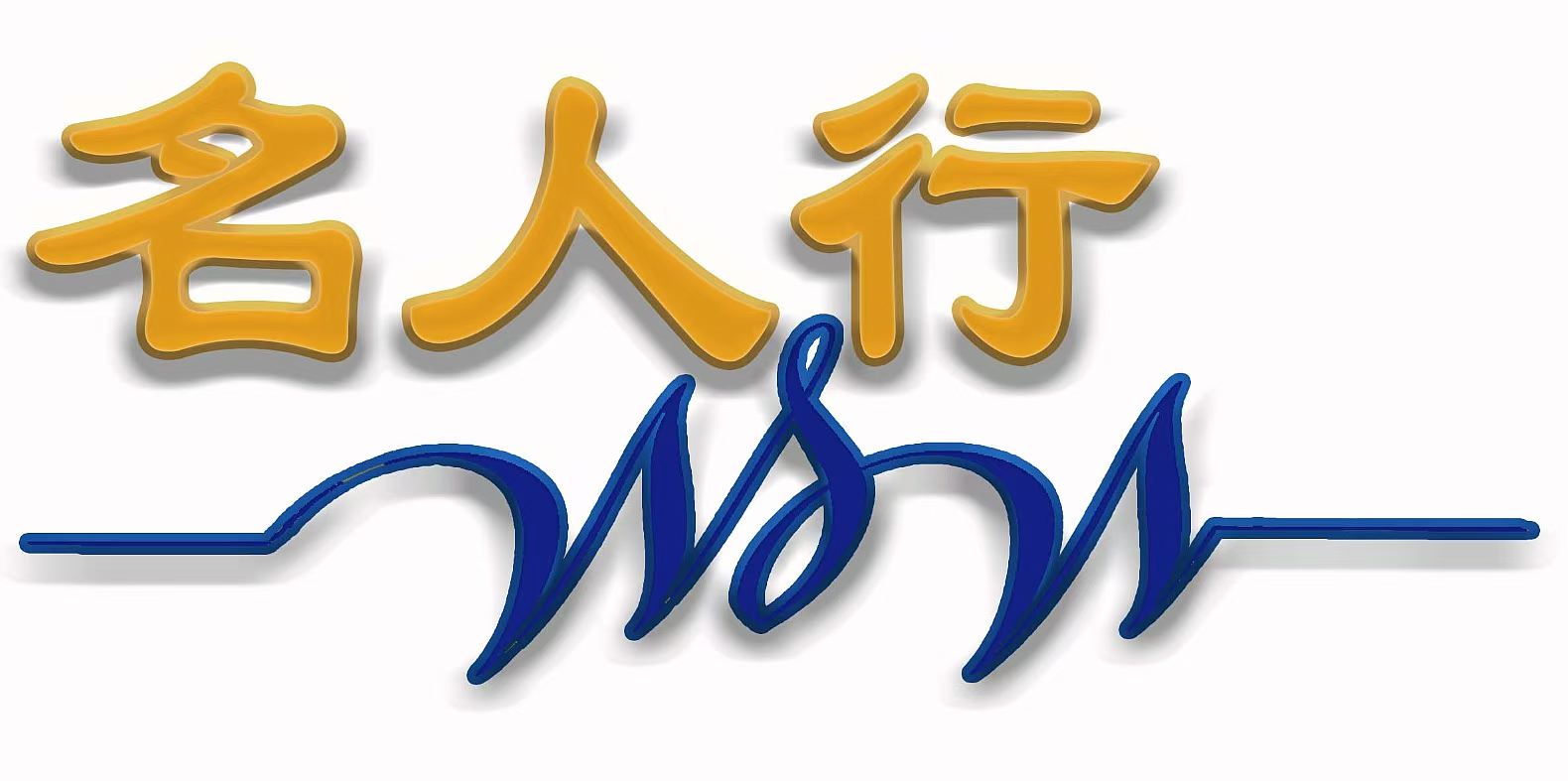Treatise on Taijiquan
Taiji is born from Wuji (the Limitless), the pivot of movement and stillness, the mother of Yin and Yang. In motion, it divides; in stillness, it unites. Neither excessive nor deficient, it follows curves and extends with straightness. When the opponent is rigid, I yield—this is called "dissolving" (走 zou). When I harmonize and the opponent resists—this is called "adhering" (粘 nian). Respond swiftly to swiftness; follow gently to gentleness. Though transformations are infinite, the principle remains singular. Through diligent practice, one gradually awakens to understanding jin (劲, intrinsic force); through understanding jin, one ascends to spiritual clarity. Yet without prolonged effort, one cannot achieve sudden enlightenment.
Suspend the crown with emptiness; sink the qi to the dantian. Neither leaning nor tilting, appearing and disappearing unpredictably. If the left feels heavy, then empty it; if the right feels heavy, then vanish it. To rise against it is to find greater height; to press down is to plunge into depth. Advancing, it lengthens infinitely; retreating, it contracts urgently. A feather cannot be added; a fly cannot alight. Others cannot fathom me, yet I alone perceive them. Heroes who prevail without opposition—all attain this through such principles!
Many schools of martial arts exist, differing in form, but none escape "the strong dominating the weak" or "the slow yielding to the fast." Strength overpowering weakness, slowness submitting to speed—these are innate natural abilities, unrelated to cultivated skill. Consider the adage, "Four ounces deflect a thousand pounds"—clearly, victory lies not in brute force! Observe the elderly fending off multiple attackers—what use is mere speed?
Stand like a balanced scale; move like a turning wheel. Partial sinking follows; double-weightedness stagnates. Often, those who train for years yet fail to adapt remain constrained by others, never grasping the flaw of double-weightedness. To avoid this error, one must comprehend Yin and Yang: adhering is dissolving, dissolving is adhering. Yin cannot depart from Yang; Yang cannot depart from Yin. Only when Yin and Yang mutually harmonize does one understand jin. After understanding jin, practice refines mastery. Through silent contemplation and gradual insight, one attains effortless spontaneity.
The essence is to yield to the opponent, yet many mistakenly abandon the near to seek the far. A divergence of a hair’s breadth leads to error a thousand miles wide. Students must discern this carefully! Thus concludes this treatise.
Notes on Translation:
- Taiji (太极) and Wuji (无极) are left untranslated to preserve their philosophical depth in Daoist thought.
- Jin (劲) refers to the cultivated, internal force in Taijiquan, distinct from raw muscular strength (li力).
- Double-weightedness (双重) denotes a structural and energetic imbalance where both sides are overly committed, causing stagnation.
- Metaphors like "a feather cannot be added" illustrate sensitivity and balance, while "the elderly fending off attackers" underscores skill over brute force.
- The translation aims to balance poetic cadence with technical precision, honoring the original's layered teachings.

Comments (0)
No comments